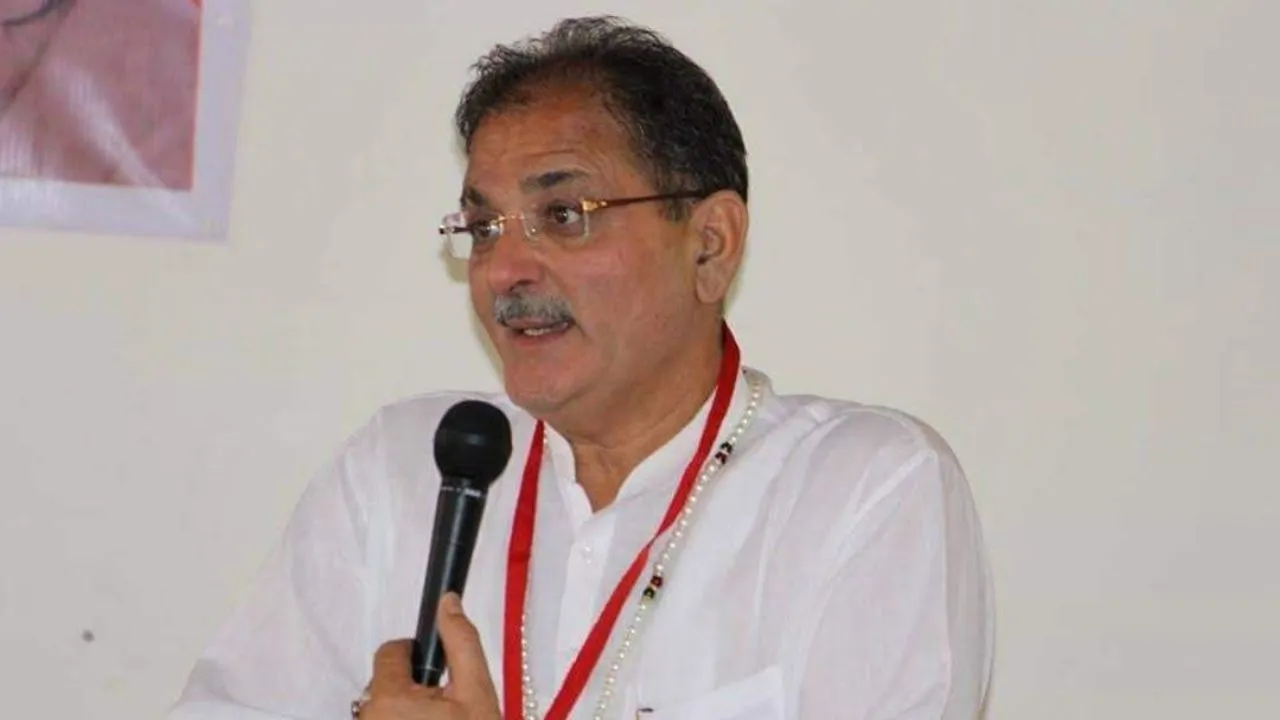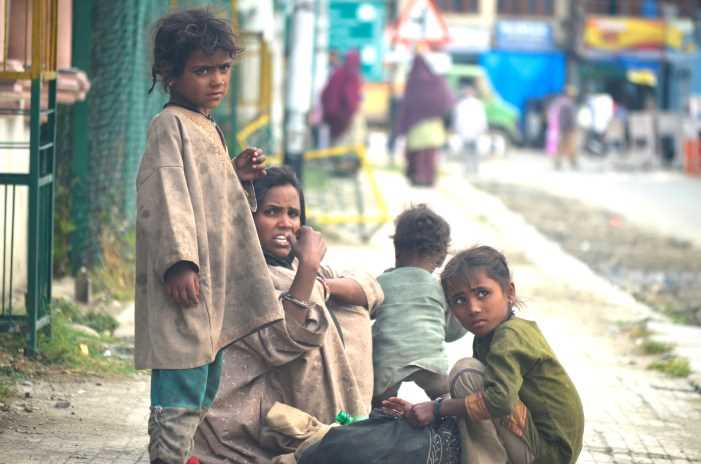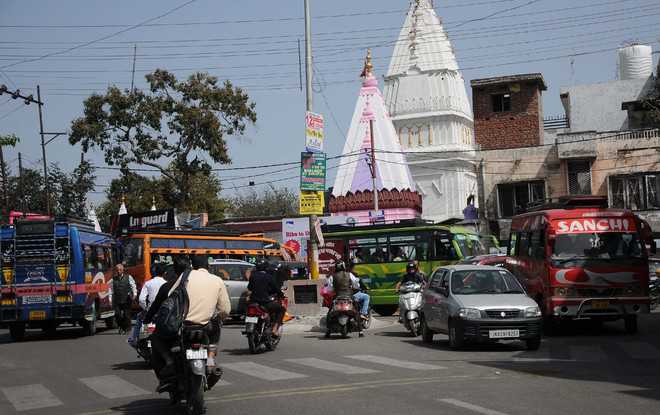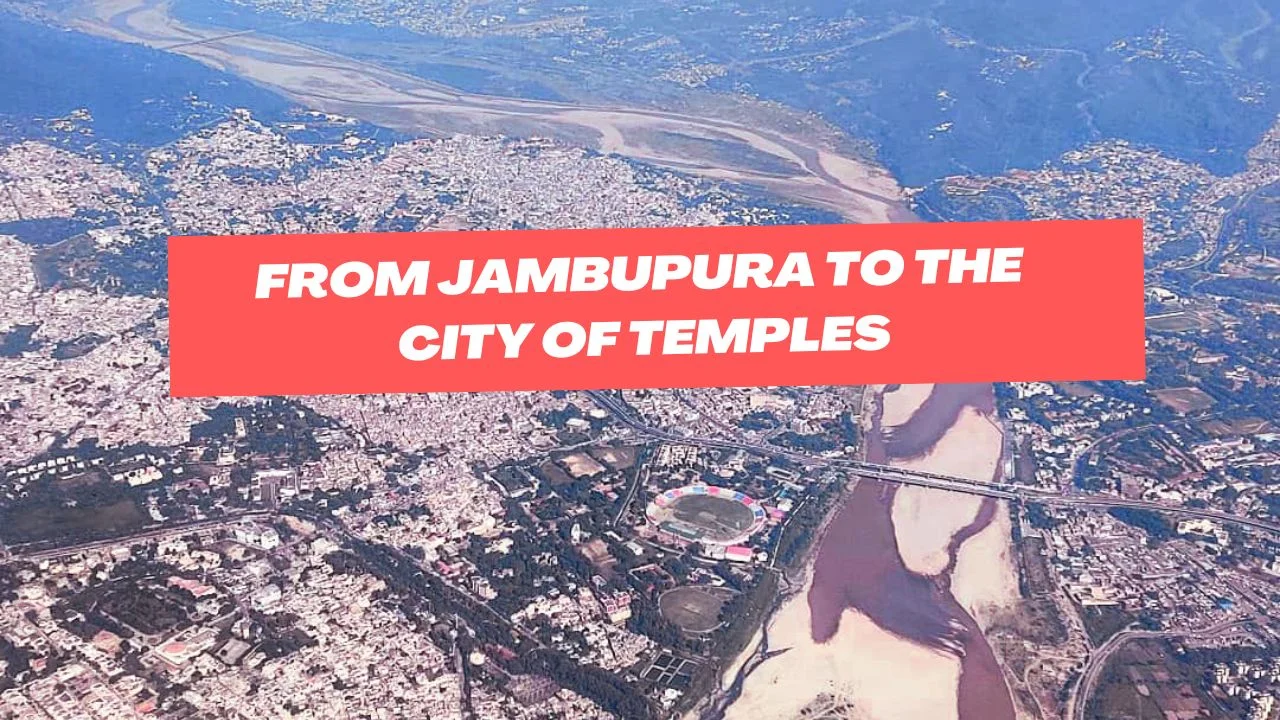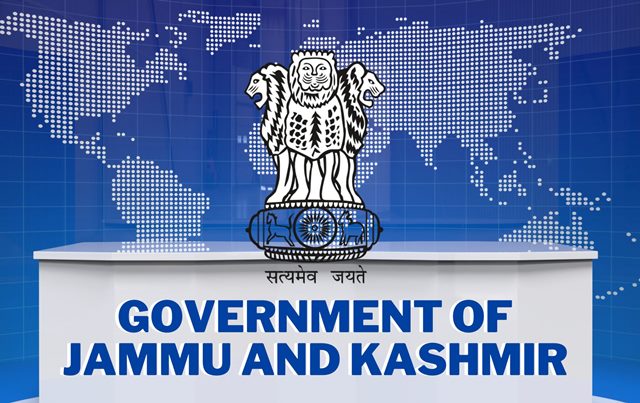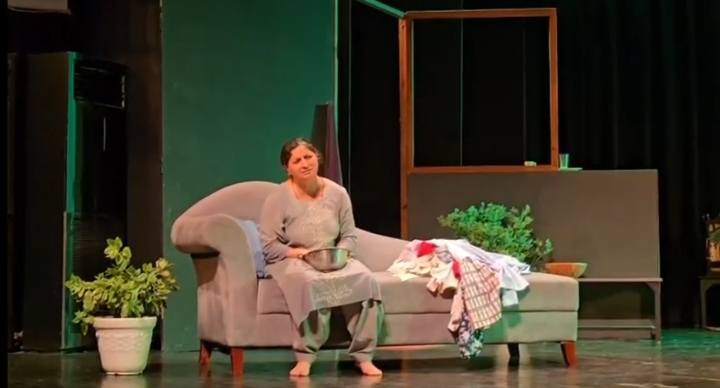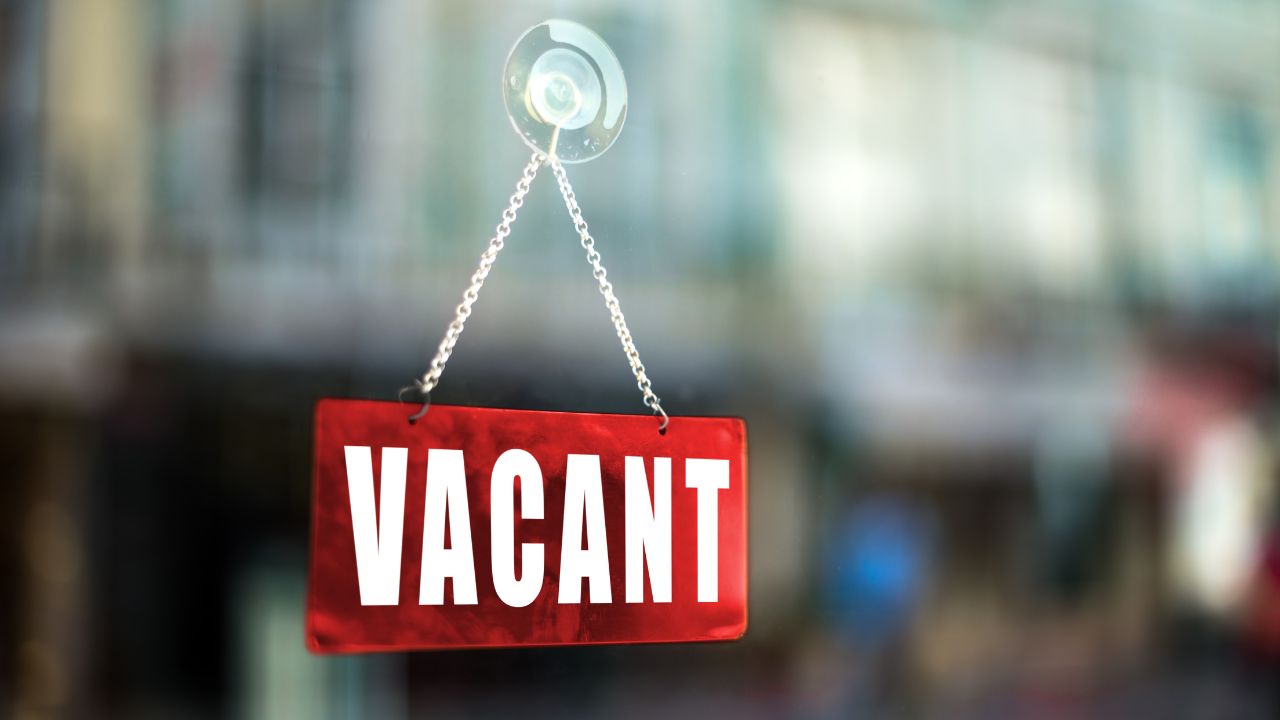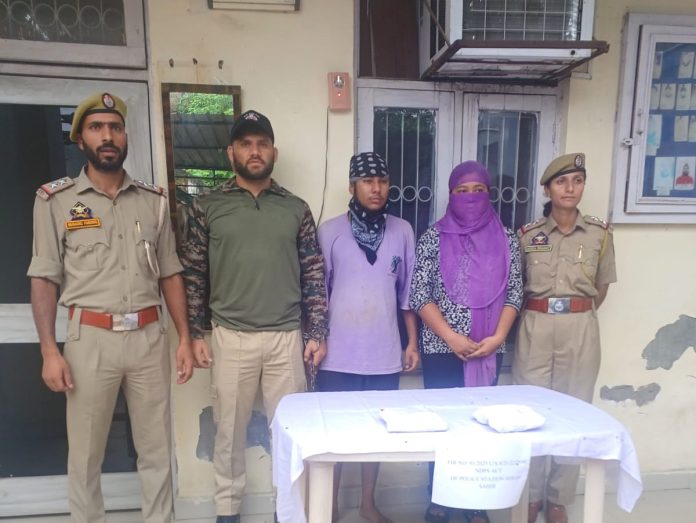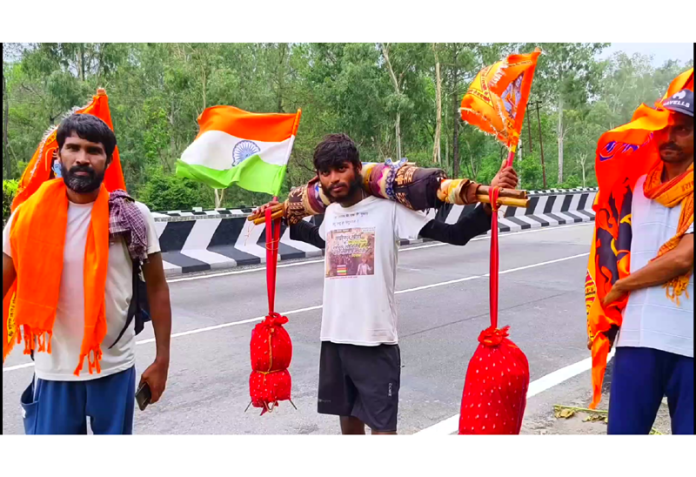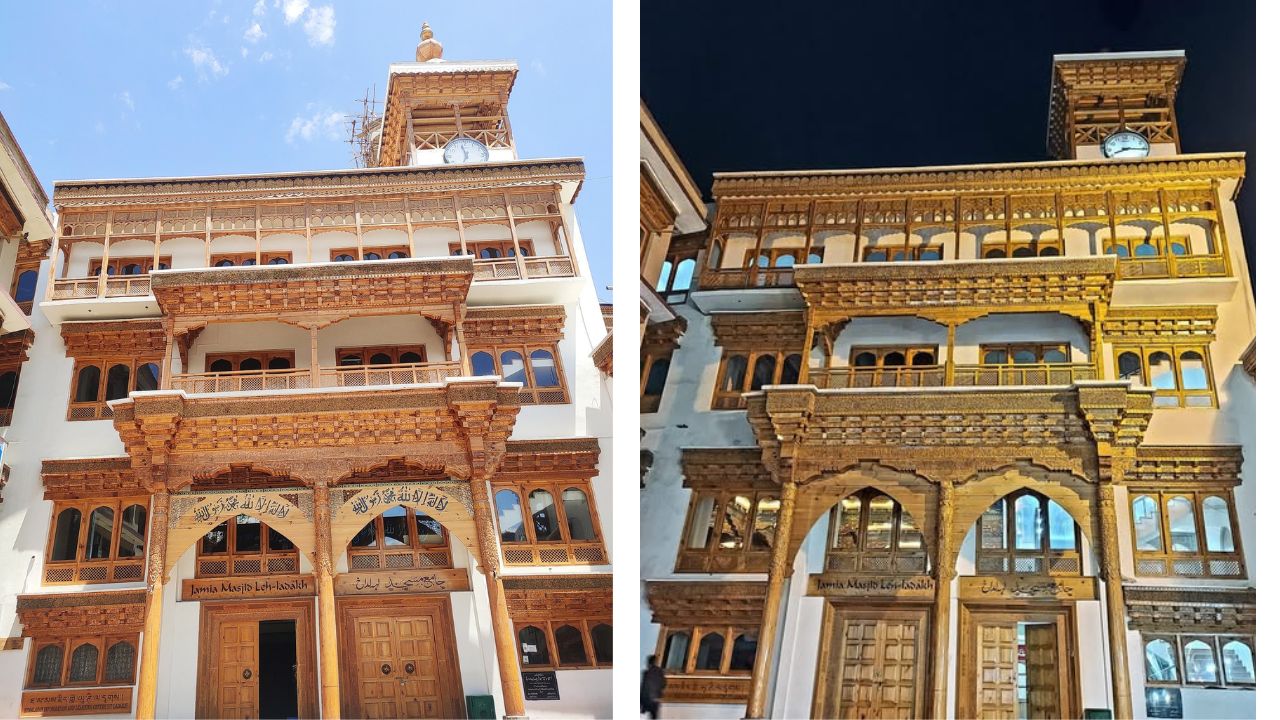Written By: Anmol Gupta
The city of Jammu is among the most prominent and important centers in the Northern part of our country. On account of its proximity to Kashmir and owing to the presence of many places of religious importance in the region, millions of tourists either stay or pass through the city every year. The city provides connectivity to almost all the areas of the Jammu region and is the most important trading center in the state. Also, the city witnesses large scale migration from Kashmir, Ladakh and Hill districts of the Jammu region during the winter months in addition to being an important transit center for the Indian army. The Census of India 2011, which does not take into account the temporary migrants at a place, counts the population of the Jammu Metropolitan Area at 6,57,314 with the district having a population of 15,29,958. The population of the Jammu city itself is expected to touch the figure of 10 lakhs within the next few years. On all these accounts there is an urgent need to upgrade the physical infrastructure in and around the city not only for the convenience of the city’s populace but also for the purpose of enhancing the experience of the millions of tourists who visit the place all around the year. Already multiple infrastructure projects have been announced for the city which if implemented in a timely manner have the potential to transform the city.
With the four laning of the Jammu-Srinagar highway nearing completion several new road projects improving connectivity to and from the city have been announced. The country’s longest access controlled expressway connecting Delhi to Katra via Jind, Amritsar and Jammu was announced in 2017. As the first step in the execution of the project, M/s Feedback Infra has been appointed as DPR (Detailed Project Report) consultants to carry out alignment studies. The project once completed has the potential to reduce travel time between Jammu and Delhi to just 5 or 6 hours and that between Jammu and Amritsar to a mere 2 hours. When made open to the public, this single initiative has the potential to significantly increase the number of tourists coming into the region and also to improve the prospects for the local industry.
A Ring Road project has also been announced for Jammu wherein a 58.26 km long bye pass will be constructed on the western side of Jammu which will smoothen traffic flow and ease traffic congestion in and around Jammu City. Already, the project has been awarded to M/s Gayatri Projects Ltd for completion within the next 36 months. Also, a project for four laning of the Jammu-Poonch highway has been sanctioned with the DPR of the Jammu-Akhnoor stretch (30.7km) being in advanced stage while the DPR for the Akhnoor-Poonch segment has been recently awarded. This project by drastically reducing the journey time to the Poonch area, will further boost the tourism potential of the region and provide greater options to the 80 lakh odd Vaishno Devi pilgrims who touch Jammu every year.
Read also: Smart City: 36-km Metro Rail Service will come up in Jammu
Any modern city should have strong connectivity with other areas in addition to a robust public transportation system. In a bid to bring world class public transportation to the city, Rail India Technical and Economic Service (RITES) has prepared and submitted the DPR for the construction of Metro rail in Jammu (Jammu Metro). The agency envisages three routes for the proposed Jammu Metro with the first route starting from Bantalab and culminating at the Bus Stand with stations at Janipur, Rehari, Kachi Chawni, Parade and Shalamar. The second route will connect Nagbani to Bus Stand via Canal Road and Jewel Chowk while the third route will be from Bari Brahmana to Bus Stand with stations at Kunjwani, Shastri Nagar, Trikuta Nagar, Gandhi Nagar and Exhibition Grounds. When completed, the metro rail will be a quantum leap over the Matadors/Mini buses etc which are the current preferred mode of public transport in the city.
Read also: How much sports infrastructure is needed in Jammu & Kashmir
Although the project has been pending for a long time, the work on the Railway Track doubling between Pathankot and Jammu is likely to get completed by the end of this year with the completion of the 7.5 km long strech between Madhopur and Kathua which involves the construction of a bridge on River Ravi. Once the project is completed, the number of trains to and from Jammu can increase considerably which will have a positive impact on tourist inflow into the city and the region. In addition, the Jammu Railway station has also been selected as one of the 23 stations which will be modernized on the lines of Airports with greater facilities for the passengers like escalators, lounges, restaurants and waiting spaces. Also, the Indian Railways has also announced that the number of platforms at the station will be increased to 9 which will considerably increase the passenger handling capacity at the station.
The Central Government has also agreed to the state government proposal for the construction of a new International Airport at Jammu. Already, two sites for the purpose at Nagrota and Samba have been shortlisted and once the site is finalized, the Detailed Project Report (DPR) for the same will be taken up. The existing airport at Satwari where the passenger handling capabilities have recently been enhanced will continue to operate as the second airport in the city. With all these initiatives, both transportation within the city as well as its connectivity with the rest of the country and the world is likely to improve tremendously in the next few years.
 Robust and adequate medical/healthcare infrastructure is critical for improving the quality of life in any urban area. With an institution like the All India Institute of Medical Sciences (AIIMS) coming up at Vijaypur (construction to commence from May 2018), the health related infrastructure in the city will also get a fillip. Already with the SMVD Narayana Super Speciality Hospital commencing operations and the presence of the Government Medical College and the Super Specialty Hospital, the options for the citizens in the city have increased.
Robust and adequate medical/healthcare infrastructure is critical for improving the quality of life in any urban area. With an institution like the All India Institute of Medical Sciences (AIIMS) coming up at Vijaypur (construction to commence from May 2018), the health related infrastructure in the city will also get a fillip. Already with the SMVD Narayana Super Speciality Hospital commencing operations and the presence of the Government Medical College and the Super Specialty Hospital, the options for the citizens in the city have increased.
Read also: Jammu AIIMS: A media scoop, a dream project or a political agenda
Even in the field of education, Jammu (along with Indore) has the distinction of having both an IIT and an IIM. While these prestigious institutions have started operations in the city, the building infrastructure is currently being put into place. This combined with the presence of several universities and institutions of higher learning in Jammu (and its periphery) are fast transforming Jammu into an important center of learning in the region.
The city being chosen as one of the ‘Smart Cities’ under the SMART City Mission and on account of the allocation of funds under ‘AMRUT’ (Atal Mission for Rejuvenation and Urban Transformation) will help in reviving and rebuilding the urban infrastructure and to bring it at par with the best cities in the world.
 Although the government has shown the will to invest in the infrastructure of Jammu, one only hopes that all the these projects lined up for the city (and its adjoining areas) do materialize within the envisaged time frame so that both the quality of life of the population as well the economic prospects of the center improve in a significant manner. The slew of infrastructure projects slated to come up in the city have the potential to transform it and further enhance its prestige and status.
Although the government has shown the will to invest in the infrastructure of Jammu, one only hopes that all the these projects lined up for the city (and its adjoining areas) do materialize within the envisaged time frame so that both the quality of life of the population as well the economic prospects of the center improve in a significant manner. The slew of infrastructure projects slated to come up in the city have the potential to transform it and further enhance its prestige and status.


